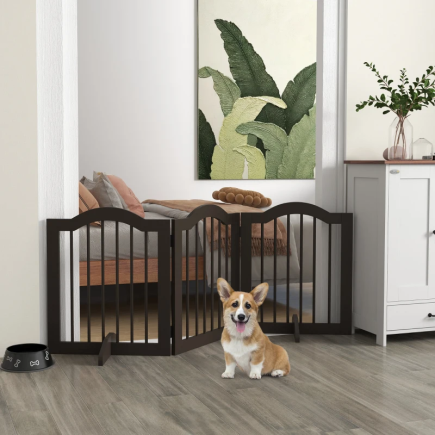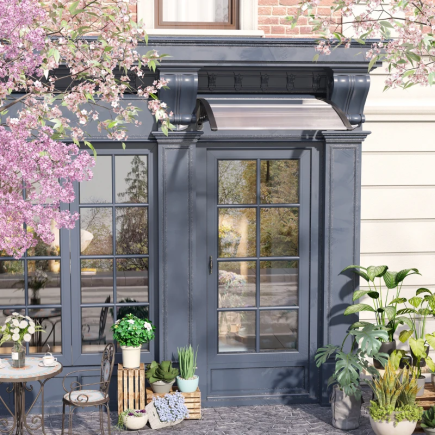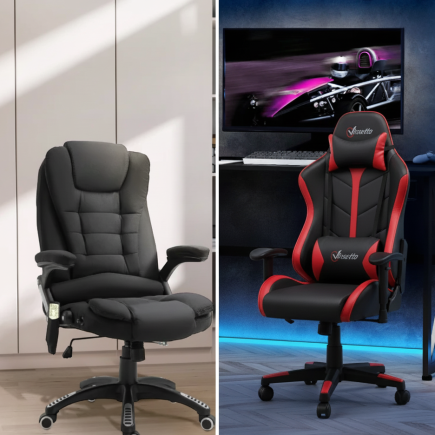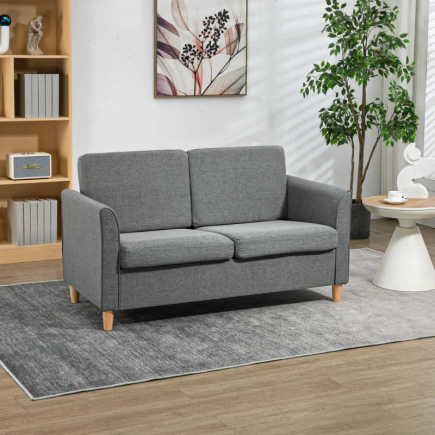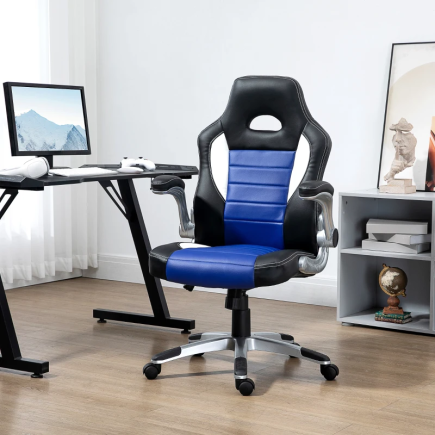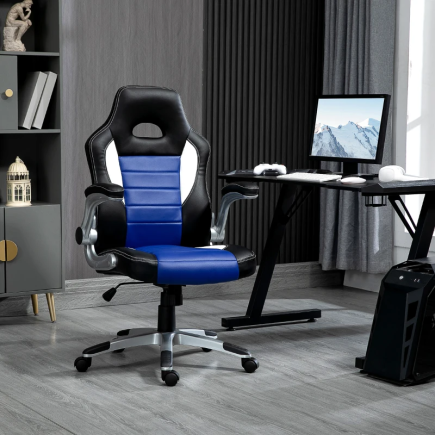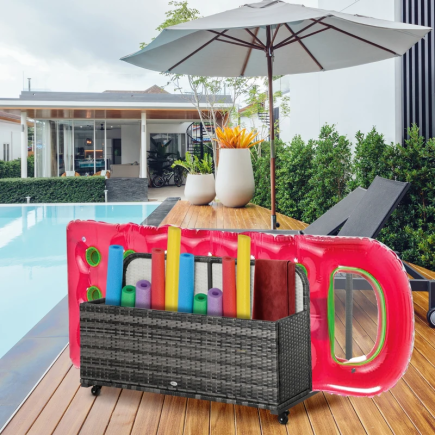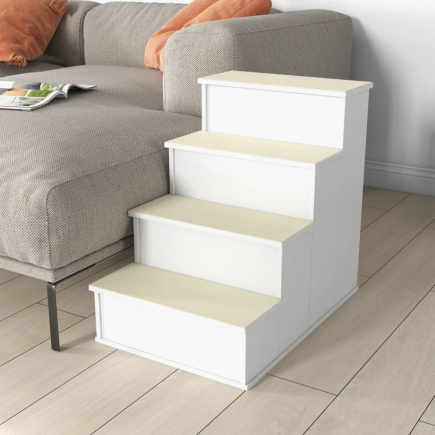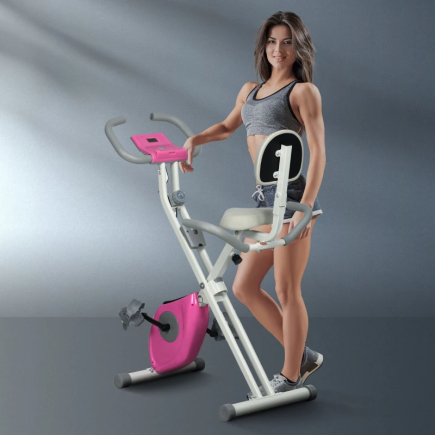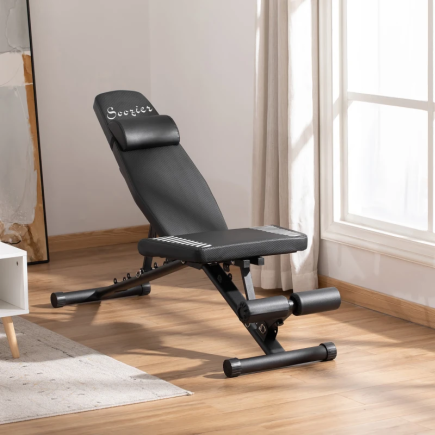With more people spending time at home year-round, staying cool during warmer months is more important than ever. Air conditioners can be costly to run all day, especially during peak hydro hours. That’s why many homeowners are turning to electric fans as a more energy-efficient solution. Among the most popular options are tower fans and pedestal fans. But which one suits your space, comfort needs, and lifestyle best?

Understanding the Basics
What Is a Tower Fan?
A Tower Fan is a tall, slim appliance designed to circulate air vertically in a space-saving and stylish way, making it perfect for bedrooms or offices. Tower Fans are generally quieter than pedestal fans, especially on low settings. While they offer quiet operation, modern features, and a sleek look, they generally produce less powerful and more focused airflow, making them better suited for smaller rooms and harder to clean than traditional fans.

What Is a Pedestal Fan?
A Pedestal Fan uses a classic spinning blade mounted on an adjustable stand to deliver strong, high-volume airflow, making it ideal for cooling large spaces. With adjustable height and tilt, and wide oscillation angles, it offers versatile and powerful cooling. However, it takes up more floor space, tends to be louder at higher speeds, and generally looks less sleek than modern fan designs.

Key Differences Between Tower and Pedestal Fans
| Feature | Tower Fan | Pedestal Fan |
| Design | Slim, vertical | Classic, adjustable head |
| Airflow Strength | Moderate, consistent | Strong, wide-reaching |
| Oscillation | Up to 70 degrees | Up to 85 degrees + tilt |
| Height Adjustment | Fixed height | 3-level adjustable stand |
| Modes Available | Normal, natural, sleep, child | 3 basic speed settings |
| Noise Level | Very quiet (ideal for sleeping) | Low to moderate depending on speed |
| Space Efficiency | Excellent for tight spaces | Requires more floor space |
| Aesthetic Appeal | Modern and sleek | Functional and classic |
| Remote Control | Yes | Yes |
| Timer | 12-hour timer | 18-hour timer |

Cooling Efficiency
Airflow and Coverage
Pedestal fans typically produce stronger airflow due to their open-blade design. This makes them ideal for large, open-concept areas like living rooms, basements, or sunrooms.
Tower fans, with their consistent but more focused airflow, perform well in bedrooms, dens, or offices.
Oscillation and Reach
Pedestal fans offer a wider range of motion, including 85° horizontal oscillation and vertical tilt (-15° to +8°), plus adjustable height.
Tower fans usually offer around 70° oscillation and fixed height, but provide consistent airflow across a vertical range.
Comfort Settings
Speed and Modes
Pedestal fans usually provide three standard speeds, low, medium, and high, without extra features. Tower fans, however, shine in versatility. Commonly included modes:
- Normal mode
- Natural breeze simulation
- Sleep mode (gradual decrease in speed)
- Child-safe low-speed mode
These allow more control over airflow and ambience, especially at night.
Timer Functions
Timers help reduce energy waste and offer peace of mind. Tower fans typically come with a 12-hour timer, while pedestal fans offer an extended 18-hour timer for longer pre-set schedules.

Quiet Operation
For users looking for peace and quiet, tower fans generally operate at lower noise levels. Many include quiet or sleep modes, making them perfect for night use or work environments. Pedestal fans may be audible on higher speeds but are fairly quiet on lower ones.
Control and Ease of Use
User Controls and Remote Access
Both fans come equipped with user-friendly controls. Tower fans often feature digital LED displays and touch panels, allowing you to check the speed, mode, and timer easily. Pedestal fans usually offer mechanical dials or soft-touch buttons and may include a basic LED indicator.
Remote Accessibility
Remote controls are available for both, letting you adjust settings from across the room. This feature is particularly useful in large or multi-use rooms.

Flexibility in Placement
Adjustability and Movement
Pedestal fans offer more flexibility thanks to adjustable height and tilting heads. You can target airflow exactly where you need it, from bed level to eye level.
Tower fans are less flexible physically but often compensate with full-body airflow distribution through their vertical grilles.
Space Efficiency
Tower fans are great for small or cluttered spaces. Their slim, upright design allows them to sit comfortably in corners, beside furniture, or in entryways without getting in the way. Pedestal fans, with their wider base and head, take up more room.
Safety and Family-Friendliness
Safety Features
Tower fans are often safer for homes with kids and pets because their blades are hidden inside the unit. They also have a more stable base, reducing tipping risks.
Pedestal fans usually include a safety grill to protect from spinning blades, but their exposed head design may still pose a risk in active households.
Environmental and Financial Impact
Energy Efficiency
Tower fans generally consume less electricity due to advanced motor systems and smart airflow controls. Here’s how they compare:
| Fan Type | Power (W) | Daily Use (8h) | Monthly Cost Estimate* |
| Tower Fan | 45 W | 0.36 kWh | ~10.8 kWh |
| Pedestal Fan | 60 W | 0.48 kWh | ~14.4 kWh |
Cost Comparison
While exact pricing varies by brand and model, the following gives a general guide:
| Price Range | Tower Fan Features | Pedestal Fan Features |
| Under $100 | Basic models with minimal modes | Basic models, limited oscillation |
| $100–$150 | Comfort modes, remote, LED, 12h timer | Remote, 3 speeds, tilt and height adjust |
| $150+ | Smart control, ultra-quiet, air filtering | Premium airflow, longer timer, durable frame |
Maintenance and Longevity
Cleaning and Upkeep
Tower fans are generally easier to clean, dust can be wiped from grills and casing. Pedestal fans often require unscrewing parts to clean the blades, which can be more time-consuming.
Lifespan and Durability
Both types can last many years with regular maintenance, but tower fans with high-tech features may have more parts that require service or replacement over time. Pedestal fans, being more mechanical, are often easier to repair.
Choosing between tower and pedestal fans comes down to your unique living space and comfort needs. Tower fans are best for quiet, energy-efficient cooling in smaller or modern spaces, while pedestal fans deliver stronger airflow and greater adjustability, ideal for larger rooms. With features like oscillation, speed settings, remote controls, and timers, both types of Fans offer reliable performance and value. By considering factors such as design, noise level, room size, and ease of use, you can confidently select the fan that enhances your comfort all summer long.
FAQs
1. Is a tower fan better than a regular fan?
A tower fan is often better than a regular fan for cooling larger spaces, thanks to its wider oscillation and multiple speed settings. It provides more even airflow distribution and often includes modern features like remote controls and timers.
2. Is it safe to run a tower fan all night?
It is generally safe to run a tower fan all night if it’s in good condition, but avoid using very old models as worn-out motors can overheat. Always ensure your smoke alarms are working for added safety.
3. Can a tower fan help improve air circulation in a room with no windows?
Yes, a tower fan can enhance air circulation in rooms without windows by keeping the air moving, which helps reduce stuffiness.



